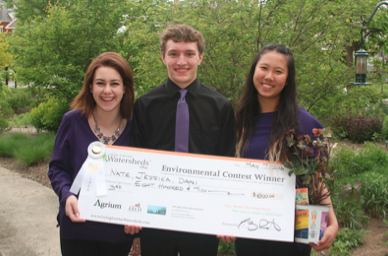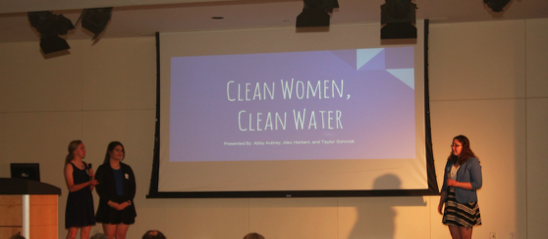2016, CINCINNATI, OH, UNITED STATES

Jaye Johnson and Madeleine Johnson of Wyoming High School proposed to create a picture book that tells a story based in caring for the local Mill Creek. In this story, a personified Mill Creek leads children through the habits they can incorporate into their daily life that will rejuvenate the habitats, services, and beauty the creek provides. It will be written and illustrated by Wyoming students to inspire a sense of self-esteem in the community while also creating a space for conversation and action in the school.
By catering to children with this book, they may be inspired to play outside or create changes as they grow up in their environment. This book will pioneer a love of learning about and maintenance of the Mill Creek Watershed. The passion and wonder of children fosters good habits and a genuine appreciation of the world, motivates the adults in their lives, and shapes their actions in their futures in adulthood.









